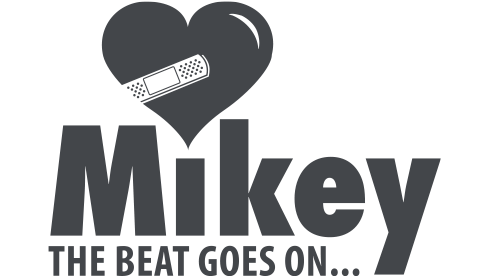Toronto Star: Mikey Network offers a simple shot at survival
Mikey Network offers a simple shot at survival
Charitable network started by Hugh Heron and Heathwood Homes has placed 1,400 user-friendly defibrillators across the GTA, saving 17 lives so far.

Rene Johnston / Toronto Star
Heathwood Homes president Hugh Heron, left, meets with Ajethan Ramachandranathan and Andrew Rosbrook, both of whom were saved by the Mikey Network of portable defibrillators.
By: Ryan Starr
Const. Andrew Rosbrook, an avid and well-conditioned runner, was nearing the end of the Goodlife Fitness half-marathon in May when he went into cardiac arrest.
His heart stopped beating for a potentially perilous seven minutes.
Ajethan Ramachandranathan, a healthy high school student, was kicking a soccer ball around with classmates in the gym at Weston Collegiate Institute last April when his heart suddenly stopped and he collapsed.
Moments away from dying, both men were saved by defibrillators provided through the Mikey Network.
The network has installed portable, user-friendly defibrillators, dubbed Mikeys, in high-risk public locations across the GTA.
Hugh Heron and his team at Heathwood Homes started the charity a decade ago in memory of Mike Salem, a company partner in his 50s who died of a heart attack on a Muskoka golf course.
“The hope is that we make it a cardiac-safe city,” explains Heron, Heathwood’s president.
So far, more than 1,400 Mikeys have been placed across the GTA and 17 lives have been saved as a result, including those of Rosbrook and Ramachandranathan.
In Rosbrook’s case, fellow officer Det.-Const. Laurie McCann performed CPR until a bike-riding paramedic with a Mikey was able to cut through the marathon throngs and reach him just in time.
“They put the pads on my chest and gave me one zap,” Rosbrook, 48, recalls being told. “Immediately, my pulse came back, my heart started beating and I started breathing again.”
In Ramachandranathan’s case, gym teacher Jeff Crewe used a Mikey installed just outside the school gym, part of the Mikey Young at Heart program, which has provided 280 defibrillators to schools, and trained educators on how to use them.
“He attached the paddles to my chest,” says Ramachandranathan, 19, recounting what witnesses told him later. “It brought my heart back.”
Last December, a Mikey administered by parents Craig and Jennifer Hansen gave their 2-year-old son, Carter, a second chance at life. The baby, who suffers from heart problems, went into arrhythmia and cardiac arrest just before Christmas.
The family had a Mikey on hand as part of the Mikey Kids program, which gives defibrillators to families of children with heart conditions so they can lead more normal lives — going on vacations and participating in activities.
Carter’s parents grabbed the machine and brought their son back to life.
“It’s an absolutely great story,” says Heron. “I don’t know about you, but I can’t understand something happening to a child 2 years of age.”
“But, fortunately, (the father) had been trained to use the machine. Thank god it all worked out well for them.”
It’s worked out well for Rosbrook and Ramachandranathan, too.
Rosbrook says he’s fully recovered from his brush with death, which he learned had been caused by a build-up of plaque in his arteries. (A stent was placed in one of his arteries to open up the clogged passage.)
In September, he ran 100 km in the National Peace Officer’s Memorial Run, an event dedicated to fallen soldiers.
“I always run it,” he says. “And I wanted to do the run this time to gauge where I was at health-wise.
“Turns out, I felt better than I had in previous years, so that gave me a tremendous boost of confidence.”
Ramachandranathan is now studying biology at York University, in the hopes of becoming a medical professional, a decision he says was shaped by what happened on the gym floor that day.
He found out he had been suffering from hypertrophic cardiomyopathy, a leading cause of sudden cardiac death in young athletes.
“Before (the event), I didn’t know what I wanted to do,” he says. “But, now, I’ve decided I want to move toward the medical side of things — maybe a paramedic, maybe a doctor, I’m still not sure.”
Heron gets great satisfaction from hearing about the number of lives saved by the Mikey Network.
“Every time we hear there’s been a save, the feeling is just amazing,” he says.
The network continues to expand. In addition to the Young at Heart schools program and the Kids program, there is the Mikey on the GO program, which equipped 50 GO Transit trains with Mikeys to protect GO’s 100,000-plus daily passengers.
There’s also Mikey on Board, which has outfitted the fleet of moving company Two Men and a Truck with more than 100 Mikeys on their vehicles.
Heron wants to see the network continue to grow.
“One of the things I’m always telling people is that we should really have a defibrillator everywhere there’s a fire extinguisher,” he says. “Not necessarily a Mikey but there should be defibrillators out there.
“More people die from heart disease than they do from fire,” he adds. “And Mikeys save lives — fire extinguishers just save property.”
The home-building industry could be doing more to help the cause, Heron notes.
“We have a number of builders who have Mikeys on their construction sites, which is a really good place for them to be.
“There’s no reason all the building sites shouldn’t have a Mikey on board. We should be looking after our own.”
via The Toronto Star







